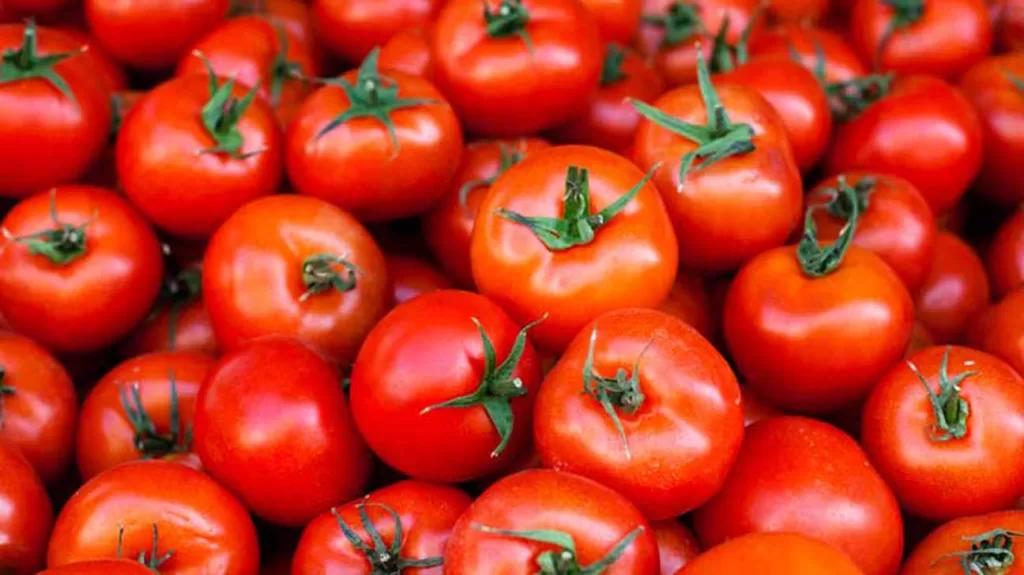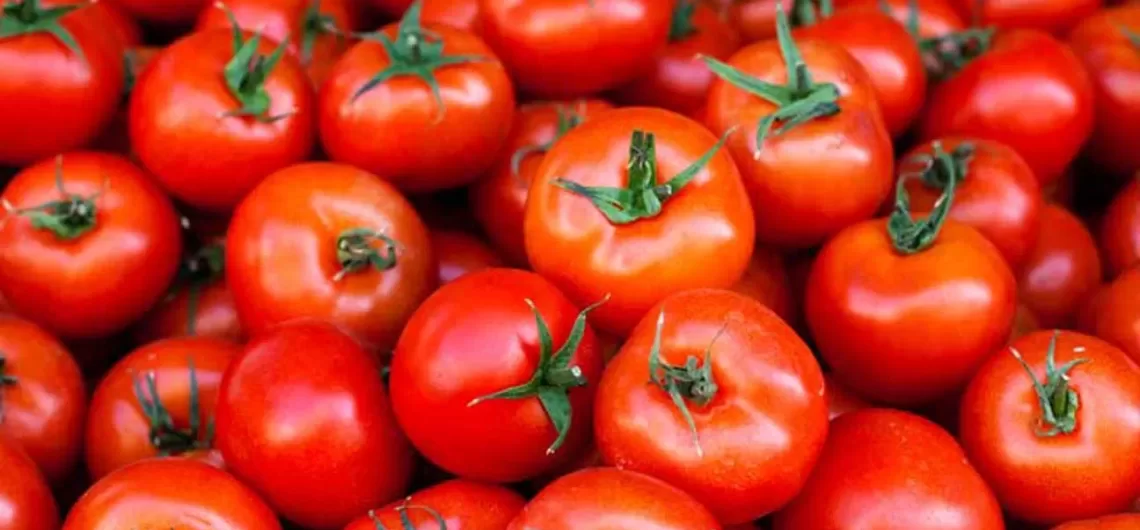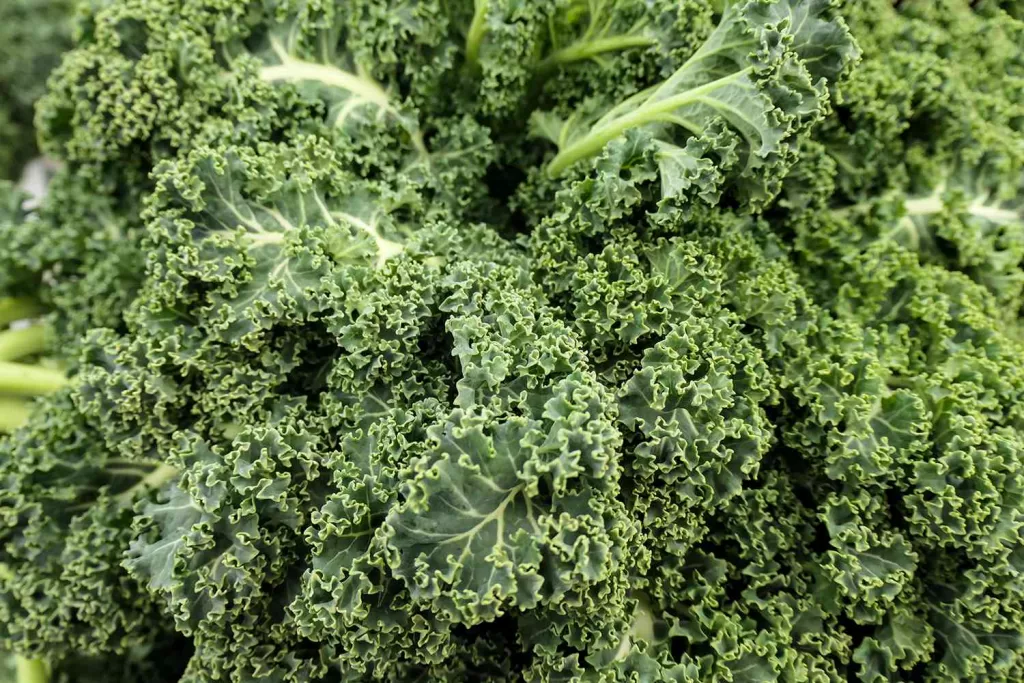Tomatoes are a fruit that is widely used in cooking and eaten as a vegetable. They belong to the nightshade family of plants, which also includes potatoes, eggplants, and peppers. Tomatoes are typically red or yellow, although there are also green, orange, and purple varieties.

They are rich in nutrients such as vitamin C, potassium, and lycopene, which is a powerful antioxidant. They can be eaten raw or cooked and are used in a variety of dishes, such as salads, pasta sauces, soups, and stews. It is also a common ingredient in ketchup, salsa, and other condiments.
Tomatoes are a popular vegetable that are enjoyed all around the world. They are a good source of several important nutrients and have been linked to a range of health benefits.
Health benefits
Some of the key benefits of include:
- Rich in antioxidants: Tomatoes are high in antioxidants such as lycopene, vitamin C, and beta-carotene. These antioxidants help to protect cells from damage caused by free radicals, which can contribute to aging and chronic diseases.
- Good for heart health: They are a good source of potassium, which is important for maintaining healthy blood pressure levels. They are also low in sodium and saturated fat, which can help to reduce the risk of heart disease.
- May reduce cancer risk: Some studies suggest that the antioxidants in tomatoes may help to reduce the risk of certain types of cancer, including prostate cancer and lung cancer.
- May improve eye health: Tomatoes are a good source of vitamin A, which is important for maintaining healthy vision. They also contain lutein and zeaxanthin, two antioxidants that have been linked to a reduced risk of age-related macular degeneration.
- May help to regulate blood sugar: Some studies suggest that tomatoes may help to regulate blood sugar levels, which can be beneficial for people with diabetes.
- Good for skin health: The high content of vitamin C in tomatoes can help to protect the skin from sun damage and promote collagen production, which is important for maintaining healthy skin.
Overall, tomatoes are a nutritious and delicious addition to any diet. They can be eaten raw or cooked, and are a versatile ingredient in many different types of dishes.


